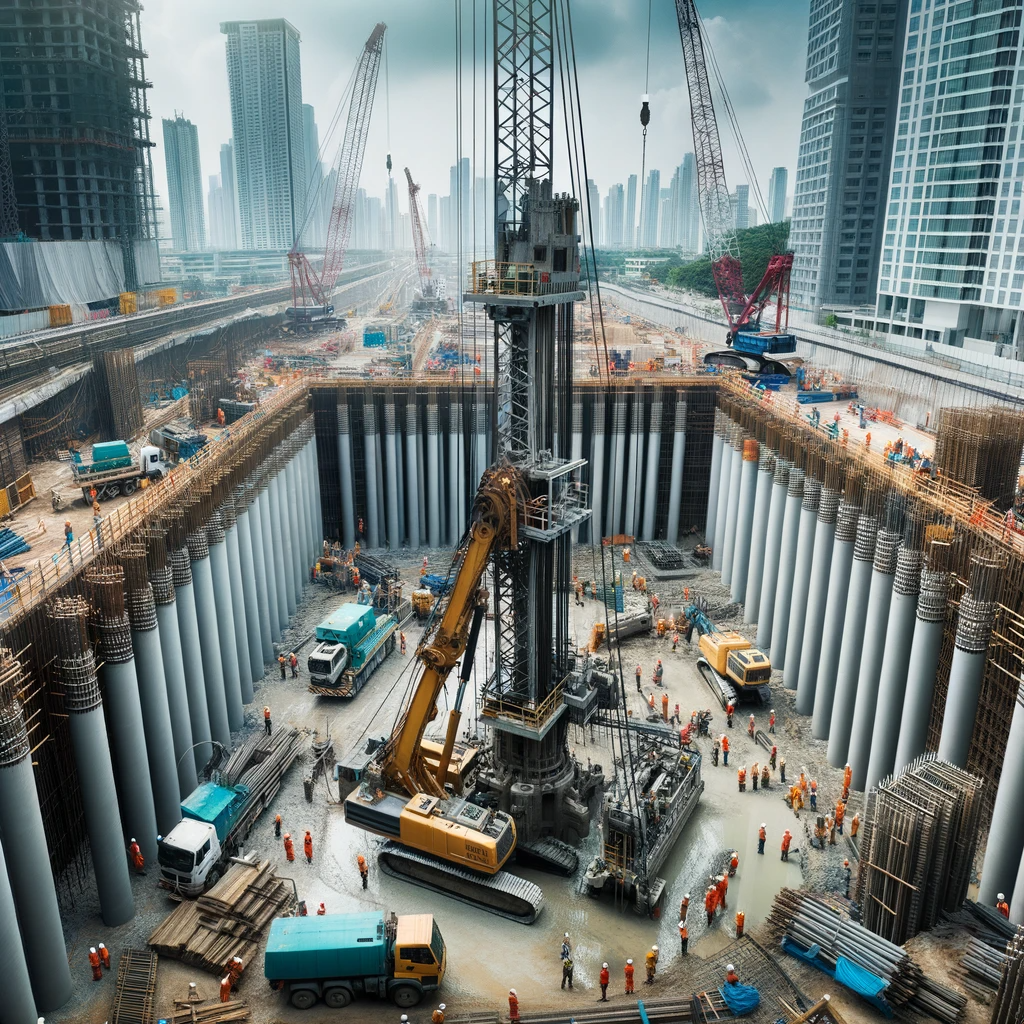Caisson Drilling: The Deep Dive into Foundation Engineering
The construction world is vast, and the techniques employed to ensure the stability of structures are numerous. Among these, caisson drilling stands out as a premier method for establishing deep foundations. But what is caisson drilling, and why is it so crucial in modern construction? Let’s delve into the intricacies of this engineering marvel.

Understanding Caisson Drilling
Caisson drilling, at its core, is a method used to create a deep foundation for structures like bridges, buildings, and other edifices requiring solid support. It involves drilling deep into the ground and filling the resultant hole with concrete and reinforcing materials. The term “caisson” is derived from French, meaning “large box,” aptly describing the cylindrical shape of these deep foundation elements.
Types of Caissons
- Open Caissons: These are open at the bottom and filled with concrete once they reach the desired depth. They’re often used when a suitable bearing stratum is close to the surface.
- Box Caissons: These are open-topped boxes driven into soft ground and then filled with concrete. They’re perfect for situations where bedrock is not easily accessible.
- Floating Caissons: These are floated to the desired location and sunk into place, primarily used in bridge construction.
- Pneumatic Caissons: These are pressurized, allowing workers to excavate the seabed or riverbed under dry conditions. It’s beneficial when dealing with underwater construction.
Why Opt for Caisson Drilling?
- Deep Stability: Caissons can reach deep into the earth, anchoring structures firmly to bedrock or stable soil layers, making them resistant to seismic activity and soil liquefaction.
- Versatility: They can be used in a variety of environments, including underwater, making them perfect for bridge construction or waterfront structures.
- Cost-Effective: In the right conditions, caisson drilling can be more economical than traditional piling methods.
The Process of Caisson Drilling
- Site Assessment: Before drilling, a thorough geological assessment is done to understand the soil composition, water table level, and potential obstacles.
- Drilling: Using specialized drilling equipment, a hole is bored deep into the ground to the desired depth.
- Placement: Once drilled, the caisson is placed into the hole.
- Filling: The caisson is then filled with reinforcing materials and concrete to ensure stability.
- Finalization: Once the concrete sets, the structure can be built atop the caisson, ensuring a stable foundation.
Environmental Considerations
Modern caisson drilling methods prioritize environmental sustainability. Techniques have evolved to reduce noise pollution, minimize ground vibrations, and prevent the release of drilling byproducts into surrounding soils or waterways.
In Conclusion
Caisson drilling has revolutionized the construction industry, offering a robust solution to the challenges of building in diverse environments. With its combination of versatility, stability, and cost-effectiveness, it’s no wonder that it remains a top choice for engineers and builders worldwide. As construction needs evolve, so too will the techniques and technologies associated with caisson drilling, cementing its place in the annals of engineering excellence.